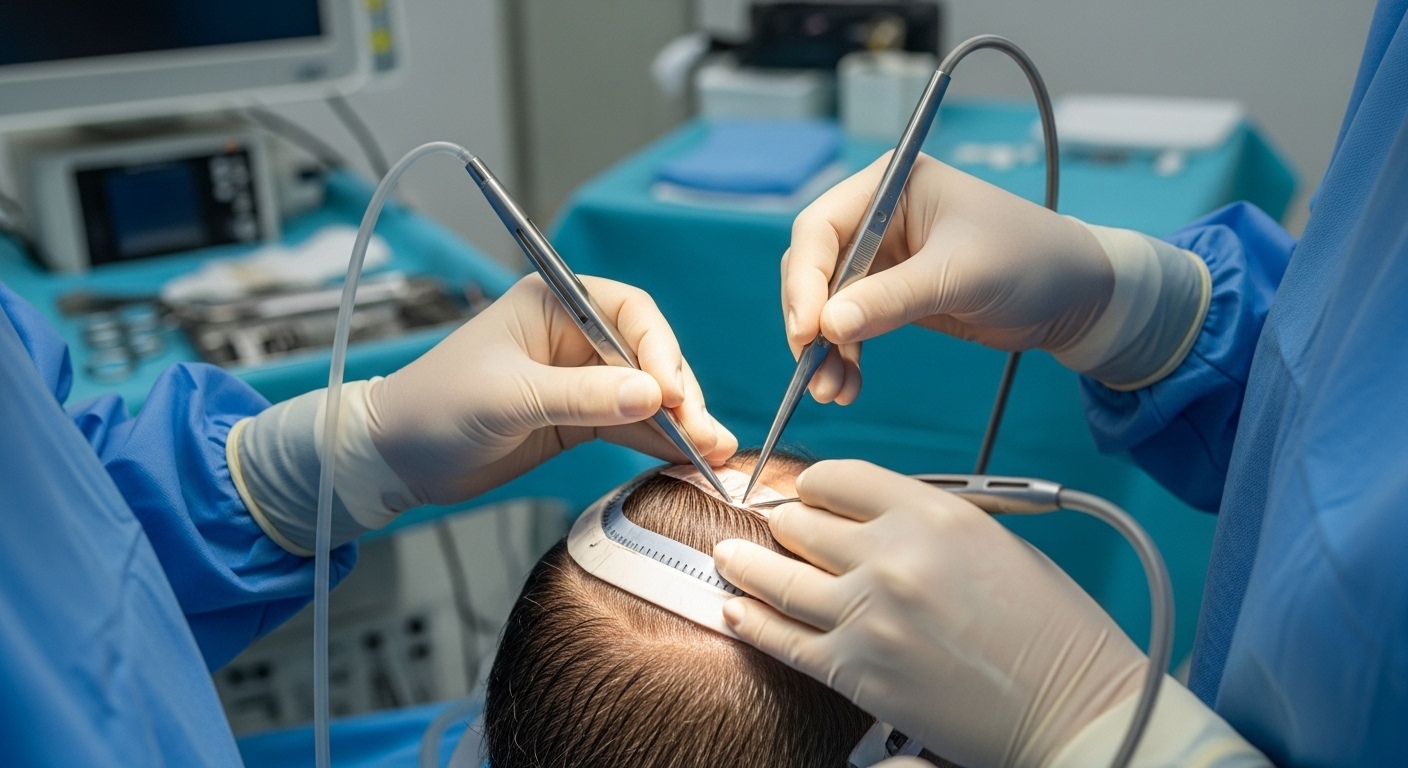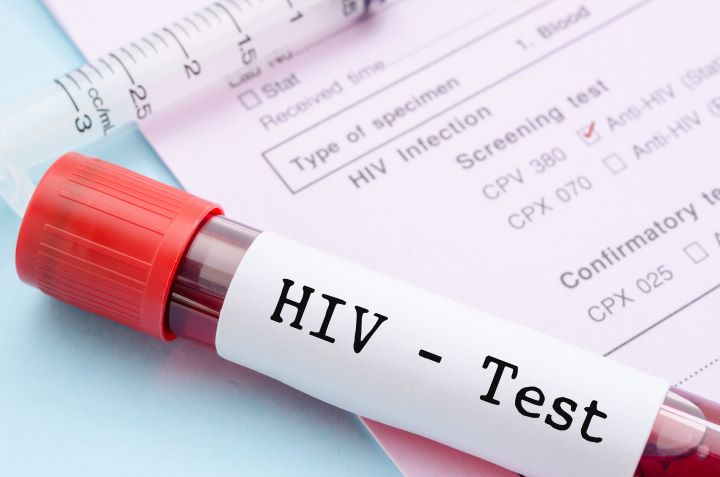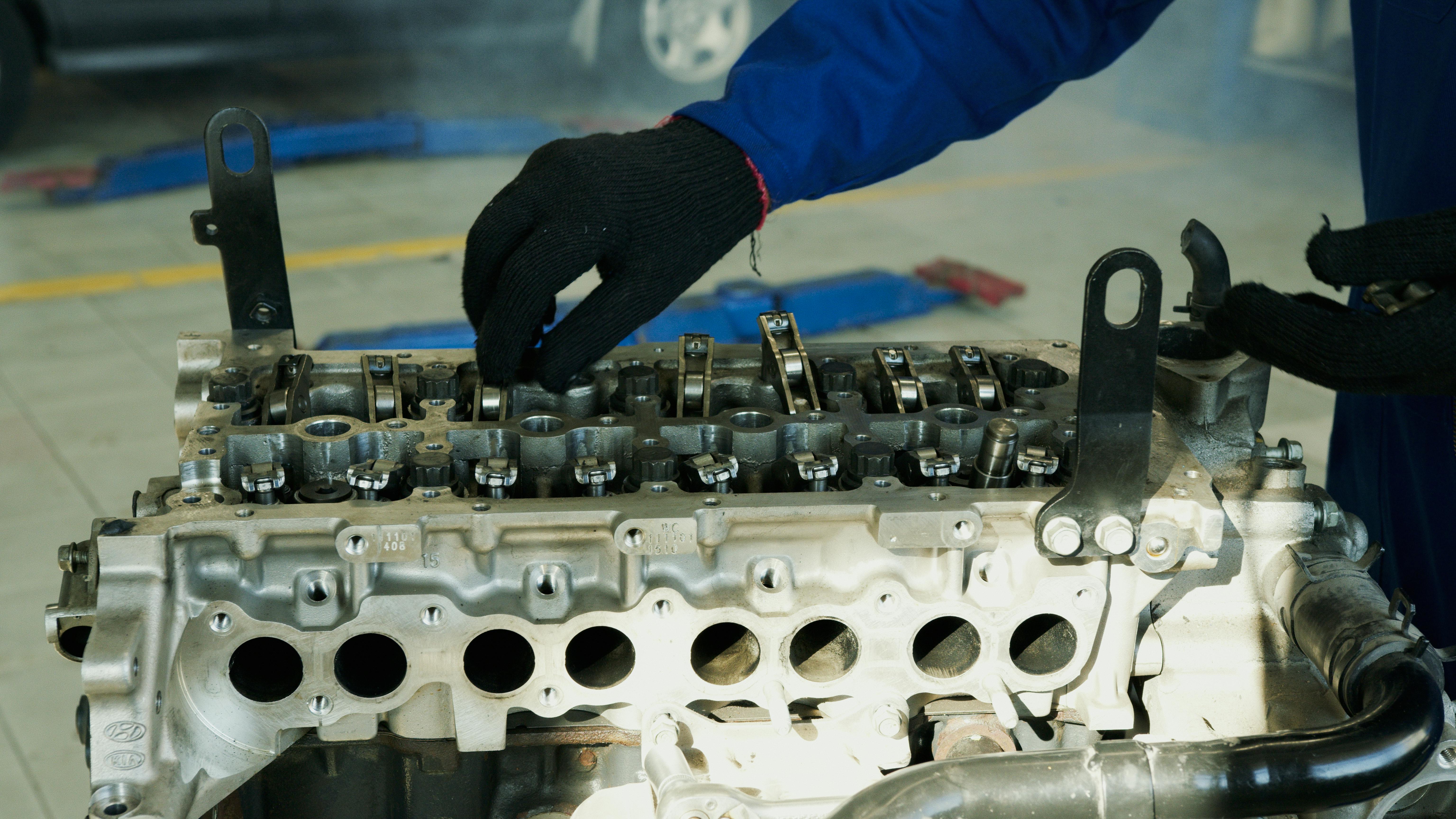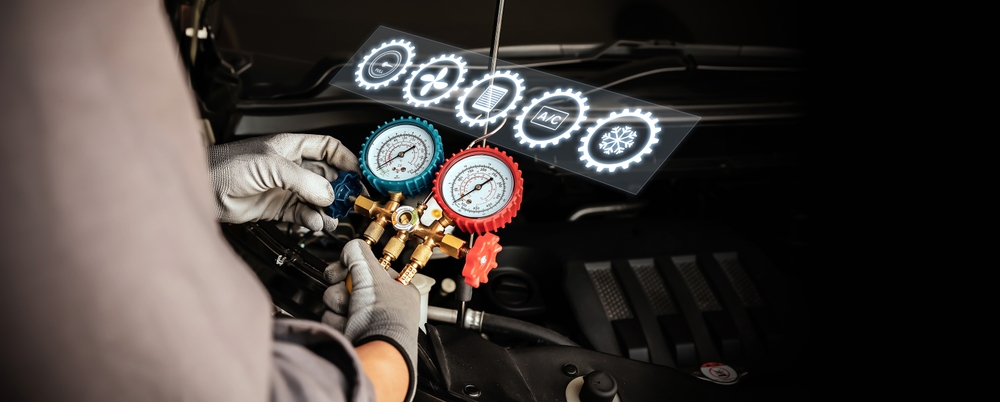Rhinoplasty: Understanding Nose Surgery and Its Benefits
Rhinoplasty, commonly known as nose surgery, is a popular cosmetic procedure that can reshape and enhance the appearance of the nose. This surgical intervention not only improves facial aesthetics but can also address functional issues related to breathing. As one of the most frequently performed plastic surgeries worldwide, rhinoplasty has evolved significantly, offering patients a range of options to achieve their desired results.

The procedure typically takes between one to three hours, and patients are usually under general anesthesia. After surgery, a splint is often applied to help maintain the new shape of the nose during the initial healing period. While some results may be visible immediately, it can take up to a year for the final outcome to fully develop as swelling subsides and tissues settle.
What are the common reasons for seeking rhinoplasty?
People opt for rhinoplasty for various reasons, both cosmetic and functional. Some common motivations include:
-
Correcting a crooked or asymmetrical nose
-
Reducing the size of a large or prominent nose
-
Refining the shape of the nasal tip
-
Addressing a dorsal hump or bump on the bridge of the nose
-
Improving breathing by correcting a deviated septum
-
Repairing nasal injuries or birth defects
-
Enhancing overall facial harmony and balance
Each patient’s goals are unique, and a skilled rhinoplasty surgeon will work closely with individuals to understand their desires and develop a personalized treatment plan.
How to choose the right rhinoplasty surgeon?
Selecting the right surgeon is crucial for achieving optimal results from rhinoplasty. When choosing a doctor for your nose surgery, consider the following factors:
-
Board certification: Look for a surgeon who is board-certified in plastic surgery or otolaryngology (ear, nose, and throat specialty).
-
Experience: Inquire about the surgeon’s specific experience with rhinoplasty procedures and ask to see before-and-after photos of their previous patients.
-
Communication skills: Choose a surgeon who listens to your concerns, explains the procedure clearly, and sets realistic expectations.
-
Technology and techniques: Ask about the latest techniques and technologies the surgeon employs for rhinoplasty.
-
Facility accreditation: Ensure the surgery will be performed in an accredited surgical facility with proper safety measures in place.
-
Patient reviews and testimonials: Research online reviews and ask for patient references to gauge satisfaction levels with the surgeon’s work.
-
Personal comfort: Trust your instincts and choose a surgeon with whom you feel comfortable and confident.
What is the recovery process like after rhinoplasty?
The recovery process following rhinoplasty varies from patient to patient, but generally follows a similar timeline:
-
Immediate post-op: Patients typically experience swelling, bruising, and discomfort for the first few days after surgery.
-
First week: A splint or cast is usually removed, and most patients can return to work or school within 7-10 days.
-
Weeks 2-4: Swelling and bruising continue to subside, and breathing improves.
-
Months 1-3: The majority of swelling resolves, and the new nasal shape becomes more apparent.
-
Months 3-12: Subtle changes continue as the nose fully settles into its final shape.
During recovery, patients are advised to avoid strenuous activities, protect the nose from impact, and follow their surgeon’s post-operative instructions carefully. While initial results are visible within weeks, it’s important to be patient as the final outcome can take up to a year to fully manifest.
What are the potential risks and complications of rhinoplasty?
As with any surgical procedure, rhinoplasty carries some risks. While complications are rare when performed by a qualified surgeon, potential risks include:
-
Infection
-
Bleeding
-
Adverse reaction to anesthesia
-
Unsatisfactory aesthetic results
-
Breathing difficulties
-
Numbness or changes in skin sensation
-
Persistent swelling or pain
-
Need for revision surgery
It’s essential to discuss these risks thoroughly with your surgeon during the consultation process and follow all pre- and post-operative instructions to minimize potential complications.
| Provider | Services Offered | Key Features/Benefits |
|---|---|---|
| American Society of Plastic Surgeons | Rhinoplasty surgeon directory | Board-certified surgeons, educational resources |
| American Academy of Facial Plastic and Reconstructive Surgery | Facial plastic surgery specialists | Focus on facial procedures, surgeon locator |
| RealSelf | Rhinoplasty information and surgeon reviews | Patient reviews, before-and-after photos, Q&A forum |
| The Rhinoplasty Society | Specialized rhinoplasty surgeons | Member surgeons with extensive rhinoplasty experience |
Rhinoplasty can be a life-changing procedure for those seeking to enhance their facial appearance or improve nasal function. By understanding the process, choosing the right surgeon, and having realistic expectations, patients can achieve remarkable results. As techniques continue to advance, rhinoplasty remains at the forefront of facial plastic surgery, offering individuals the opportunity to gain confidence and improve their quality of life through a transformed nose.
This article is for informational purposes only and should not be considered medical advice. Please consult a qualified healthcare professional for personalized guidance and treatment.





